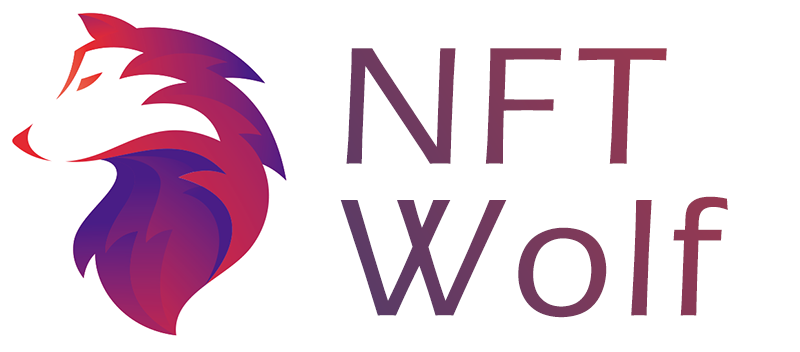Once you’ve taken the plunge inside the world of NFTs (non-fungible tokens), you’ll quickly realize that assessing their value becomes a major part of the game.
Looking at things like historical significance, innovation, cultural relevance, and, of course, rarity will help you determine the value of NFTs.
The rarer the elements of an NFT are, the more likely they are to attract buyers. After all, we don’t often put much value on things that can be easily replicated.

Rarity
There are three main types of NFTs. Common items can be found in many different places and have no rarity rating. Rare Items only exist in one place. The rarest items will likely never be seen by players again after they’ve been acquired the first time.
There are all sorts of ways to figure out how rare your NFT is. There’s the fundamental equation of rarity = total number of tokens / total number of token types. You can also look at what percentage it is on the secondary market or find out about its supply and demand by looking at its trading volume.
The truth is, this is all easier said than done. In actuality, effectively ranking the rarity of a lineup of NFTs can be quite challenging. This is especially the case as a project’s elements continue to grow. Each NFT’s rarity is usually not disclosed to the website showcasing the project to make things more difficult.
Still, there are some tools and practices that can help you determine the rarity of an NFT to aid in your decision-making process in buying and selling one.
Industry Trends
Since rarity can merely be translated into something that’s “hard-to-get,” there are some principles within the NFT world that can influence this.
The NFT world is pretty similar to the art world, with fame and celebrity playing a factor in an NFT’s value. Whether it’s a one-of-a-kind artwork from a famous digital art creator or an NFT previously purchased by a celebrity millionaire, paying attention to industry trends may help you assess its rarity.
The real reason NFTs are so coveted is because of the blockchain proof of ownership it holds. This gives the NFT collector a sense of status and distinction and determines whether an NFT deserves a premium value.
While anyone could take a photo of the Mona Lisa, the one who owns the painting receives all the status.
There’s also a sense of exclusivity that comes from owning limited edition pieces that once sold out will never be made again. This, in turn, allows buyers to make a decent profit from reselling an NFT they previously purchased at a much lower price.
Rarity.tools
Before 2020, NFT marketplaces have been quietly growing in the background for some time now. For an industry that tech enthusiasts initially sustained, naturally, online platforms would emerge to do the work of rarity assessment for you.
The most popular among these platforms would have to be Rarity.tools, an NFT ranking tool designed to store and retrieve NFT digital file information and rank them according to rarity.
Suppose you’ve acquired an NFT project with 5000 individual digital assets. With all those assets, how can you tell how rare your NFT art is in comparison to others? Rather than the tedious and impossible task of figuring this out manually, Rarity.tools will populate this information for you.
To check your asset’s rarity using Rarity.tools, you will need to search an NFT collection by its name or number. From there, the platform will assign a score to the NFT by adding all the features it’s made up of.
Users can sort the NFTs by features, number, floor price, or rarity score.
Conclusion
At this stage in the game, it’s highly important to determine the rarity of an NFT before buying to avoid the risk of overpaying. It will also help your credibility as a seller to put a reasonable price on your asset. Not to mention you could potentially lose out on a whole lot of cryptocurrency like Bitcoin or Ethereum if you price it too low.
Even though online platforms like Rarity.tools offer a useful ranking model for NFTs, market trends are really the best way to determine their worth.
You may find that one digital artwork holds a significant rare element and becomes more valuable than another with many rare traits. This is because there are always other factors at play that can increase the value. And if you’re familiar with the art world, you’ll know they can happen at the drop of a hat – form cryptokitties to cryptopunks.
That being said, NFTs and blockchain technology are still relatively new concepts that are rapidly changing every day. It will take some time for the masses to keep up.
If you think you own a rare NFT, consider holding onto it for some months or years, and you’ll likely see a major increase in its value.

